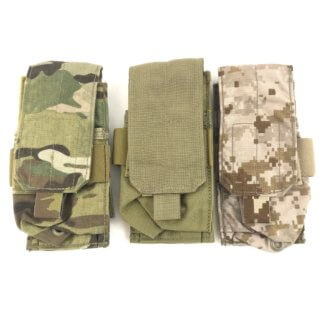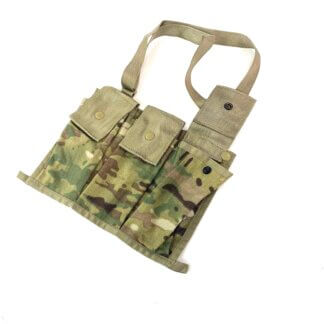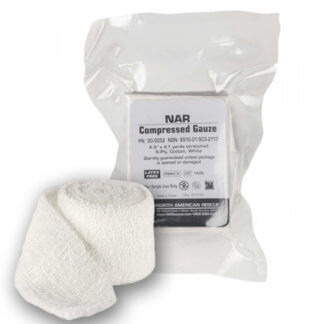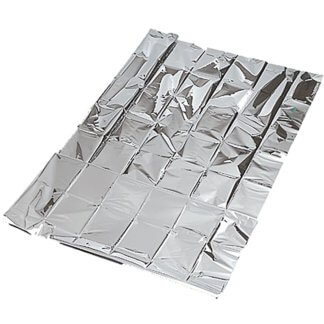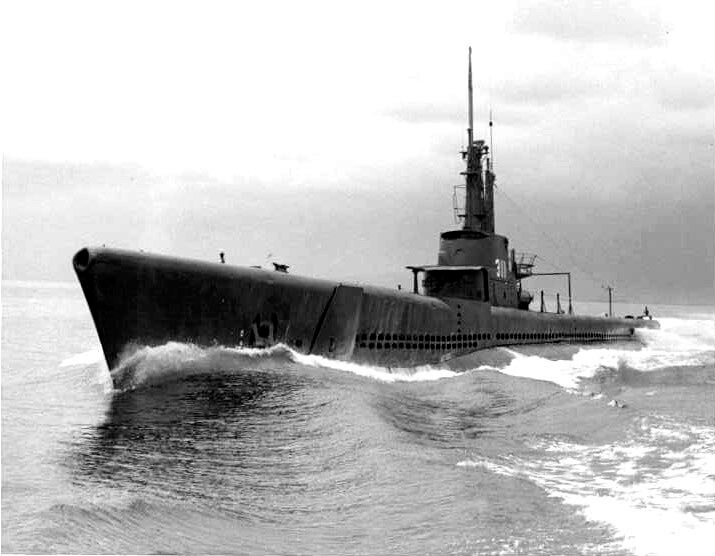
US Military History Throughout The Years
Short bits of history you know and some you may not!
- Evacuation Day: Tuesday, November 25, 1783 – On this day in 1783 the last of the British Army left New York, following the end of the Revolutionary War. After the Battle of Long Island, in 1776, the city had remained in British control with the British flag flying above Fort George till the British evacuation. During the British occupation of New York, over 10,000 Patriot Sailors and Soldiers would die, more than the combined deaths of every battle fought during the Revolution. The commander of the remaining British forces in America, Sir Guy Carleton, would receive orders to evacuate New York but could not give a date as to when it would be completed. This uncertainty was as a result of over 29,000 loyalist refugees gathering in New York, a combination of loyalists, liberated slaves and military members. As the American forces under George Washington entered the city they found a remaining British Union Jack. The flag had been nailed to a greased poll as a last act of defiance, making the removal of it a hard task. In 1787, the forth anniversary of the evacuation, the first public celebrations were held and it would become a de facto national holiday for nearly a century to follow.
- Top Torpedo: Wednesday, November 29, 1944 – During WW2 the submarine USS Archerfish sinks the Japanese aircraft carrier Shinano. The USS Archerfish was on her fifth patrol of the war near Tokyo Bay, and the ships crew would observe what they thought was an escorted tanker ship leaving the bay and follow it. The crew would discover the tanker was a large aircraft carrier after more observation and after six hours of tracking the enemy ships the USS Archerfish would attack. The submarine would fire 6 torpedoes at the large carrier as it turned into its line of attack. The torpedoes were set to run shallow in the water in order to hit high on the ship and hopefully cause it to flip from the damage. The Japanese ship would quickly sink and when the USS Archerfish reported the attack officials believed it was just a small carrier, as no large carriers were suspected to be in the area. Later on it was found that the submarine had sunk the Shinano, the largest aircraft carrier in the world at the time. USS Archerfish was credited with sinking the 72,000 ton super carrier, and to this day holds the record for the largest ship sunk by a submarine. The USS Archerfish would receive the Presidential Unit Citation and the captain of the ship would receive the Navy Cross for actions taken.
- Qala-i-Jangi Revolt: Sunday, November 25, 2001 – Also referred to as the Battle of Mazari-i-Sharif, this was one of the first military engagements following American entry into Afghanistan after 9/11. After more than 400 Taliban and foreign fighters surrendered to the Northern Alliance and American troops, including members of the CIA, they would be held in the 19th century fortress of Qala-i-Jangi. The prisoners were found to not have been searched properly, leading them to violently revolt and begin one of the bloodiest engagements of the whole war. It would take six days for the Northern Alliance and multinational forces, mainly a Green Beret ODA and British SBS team, to quell the uprising with only around 86 of the original prisoners surviving. During the initial stages of the uprising CIA officer Johnny Spann would be killed, he would be the first American killed in Afghanistan from combat operations. In the aftermath there was some controversy as to whether a disproportionate amount of force has been used to quell the uprising, potentially breaking the Geneva Conventions. This was met by rejection by the American and British governments as the uprising had been full of well armed and fierce fighters.
This week’s featured products.
Best-Selling Military Gear
-

North American Rescue GEN 7 CAT Tourniquet
$29.99 Select options -

USGI M249 SAW Ammo Box, 200 Round
$11.99 – $16.99 Select options -

Eagle Industries Double M4 Mag Pouch
$5.99 Select options -

USGI Military Poncho Liner, Woobie Blanket
$49.99 Select options -

USGI 6 Magazine Bandoleer
$7.99 – $21.99 Select options -

USGI 1 Quart Canteen
$5.99 Select options -

North American Rescue Compressed Gauze
$4.99 Select options -

North American Rescue Survival Blanket
$1.59 Select options



